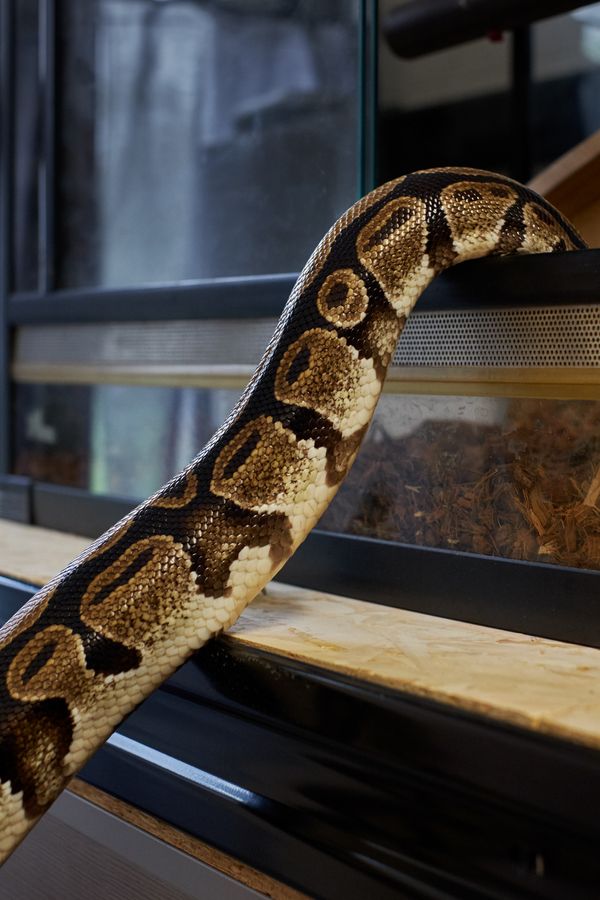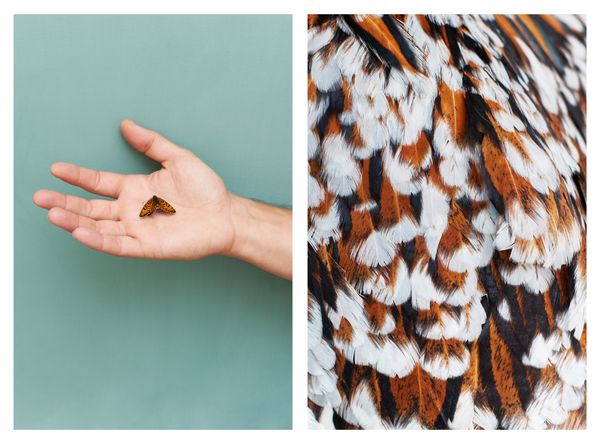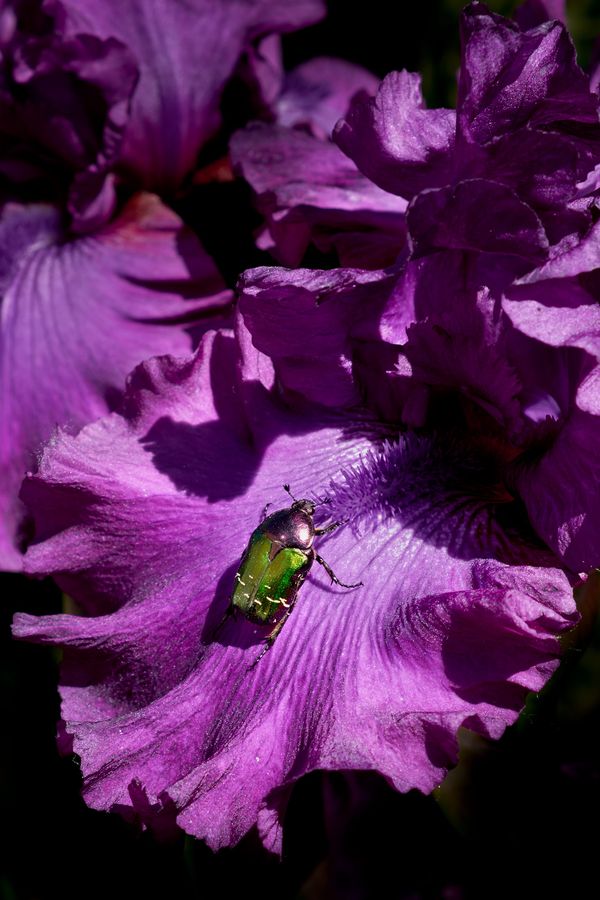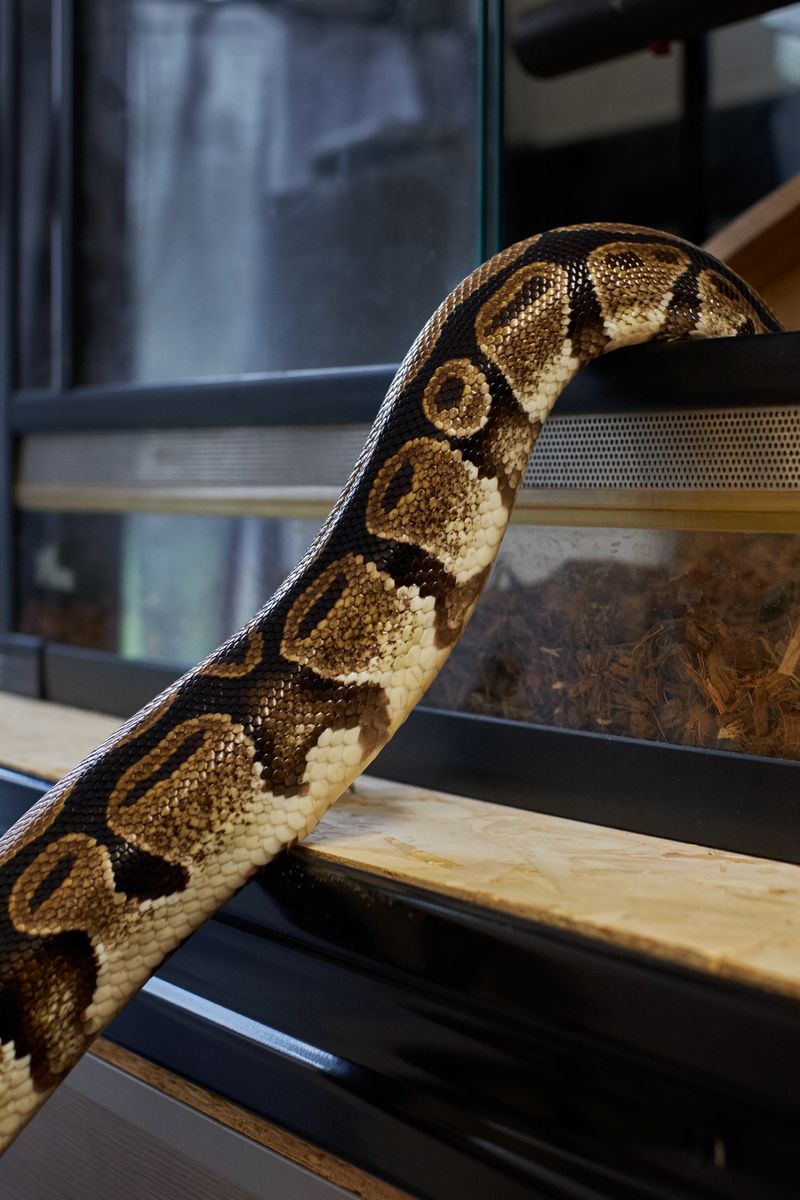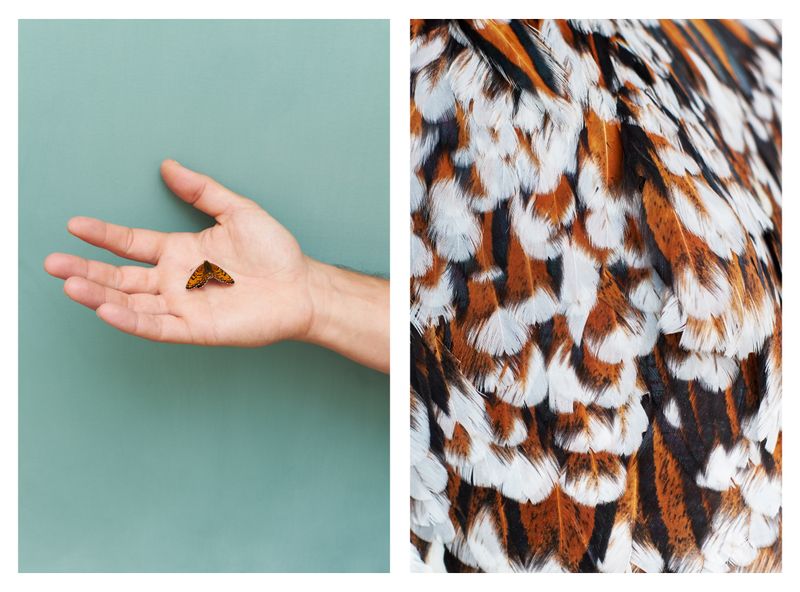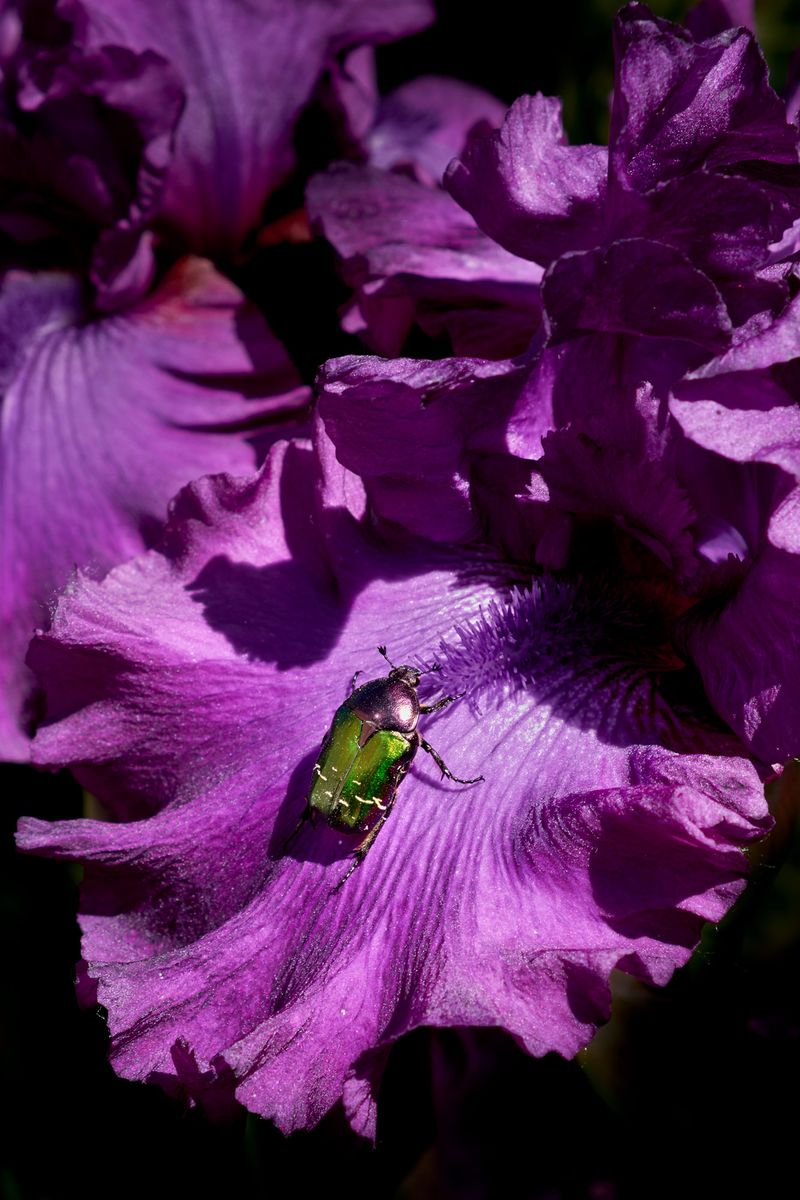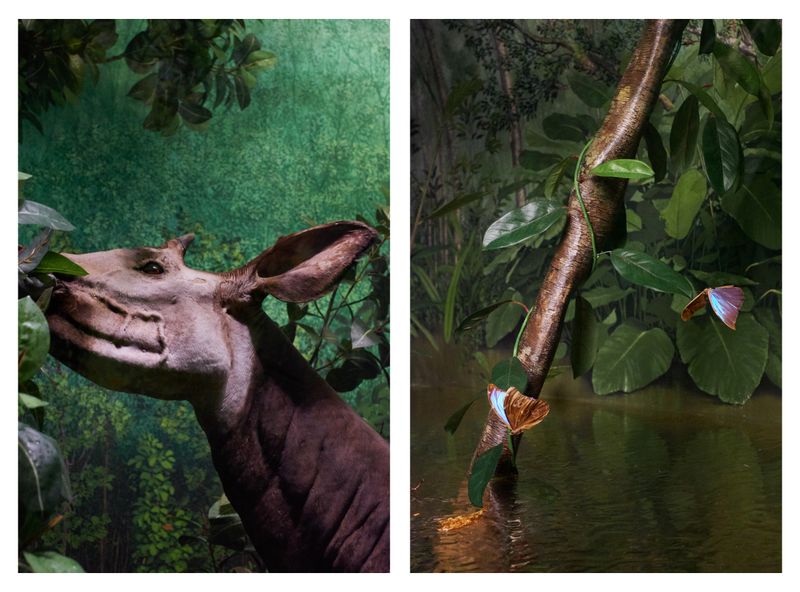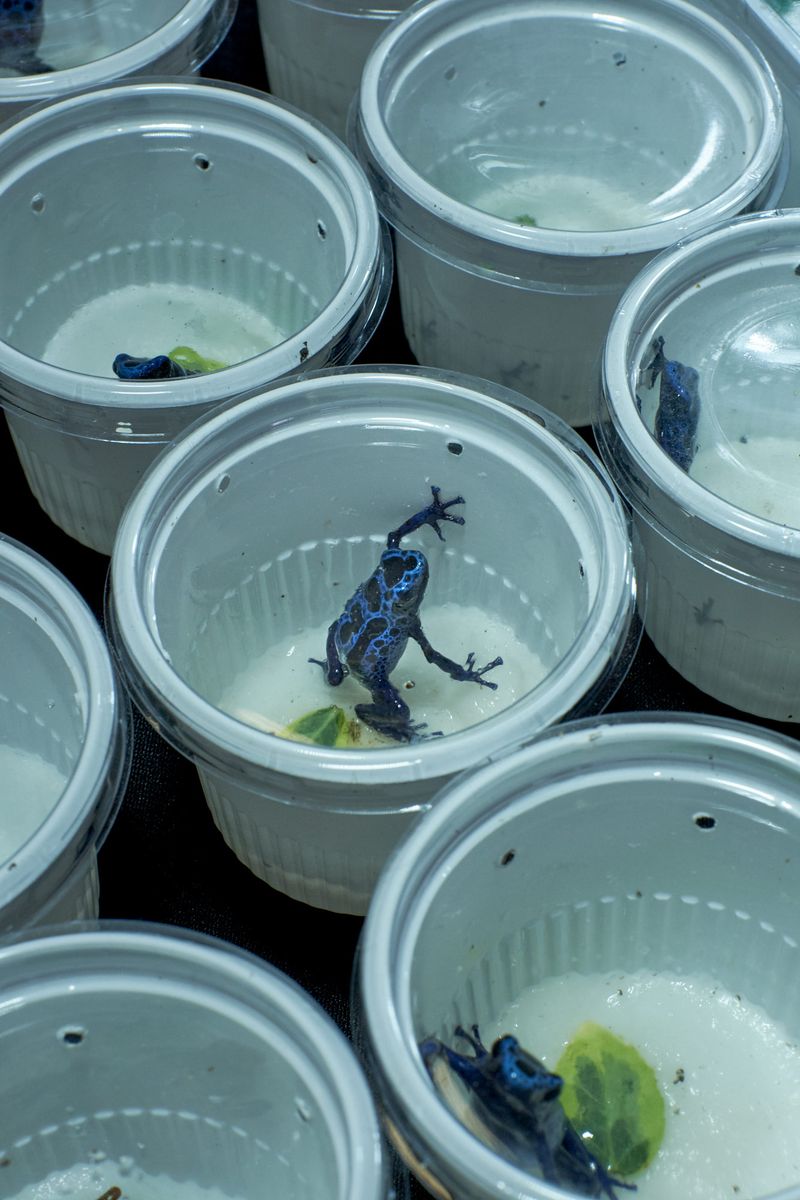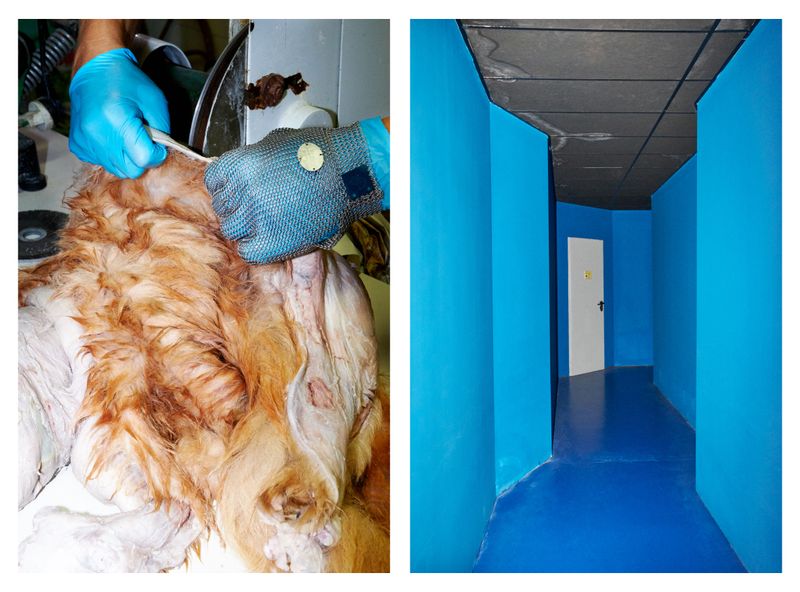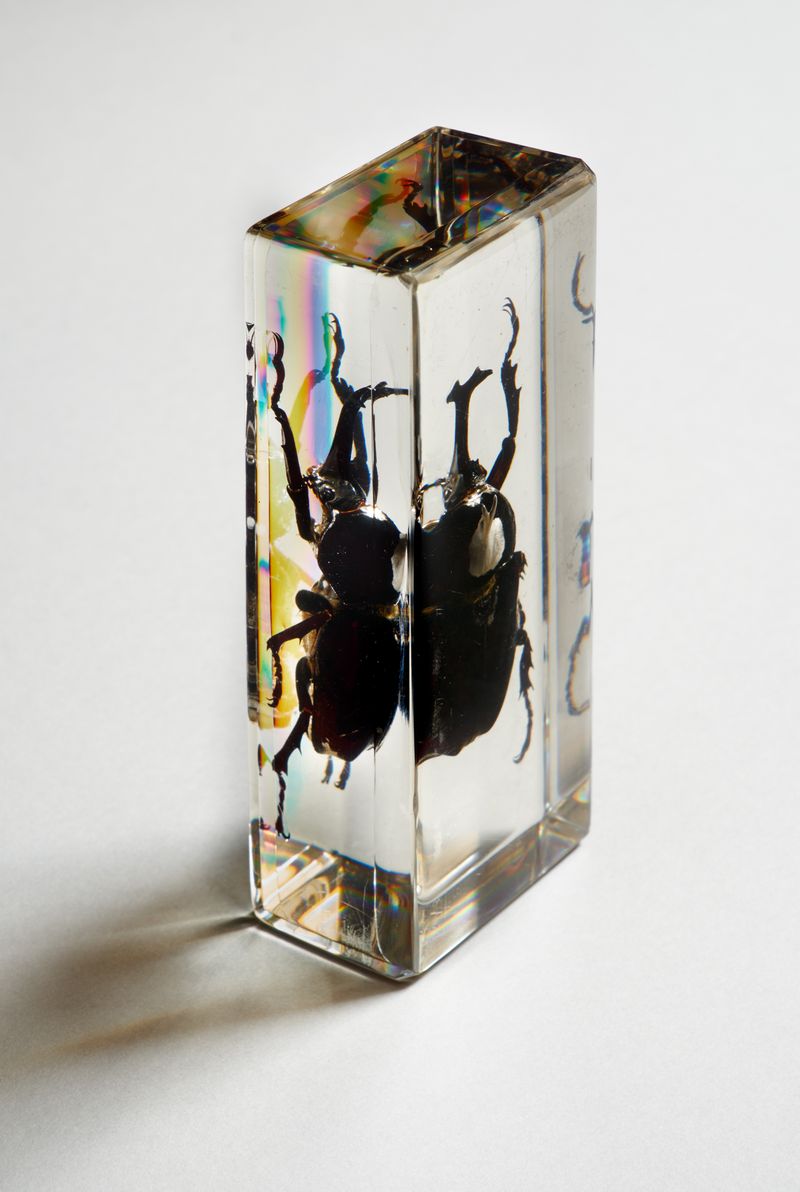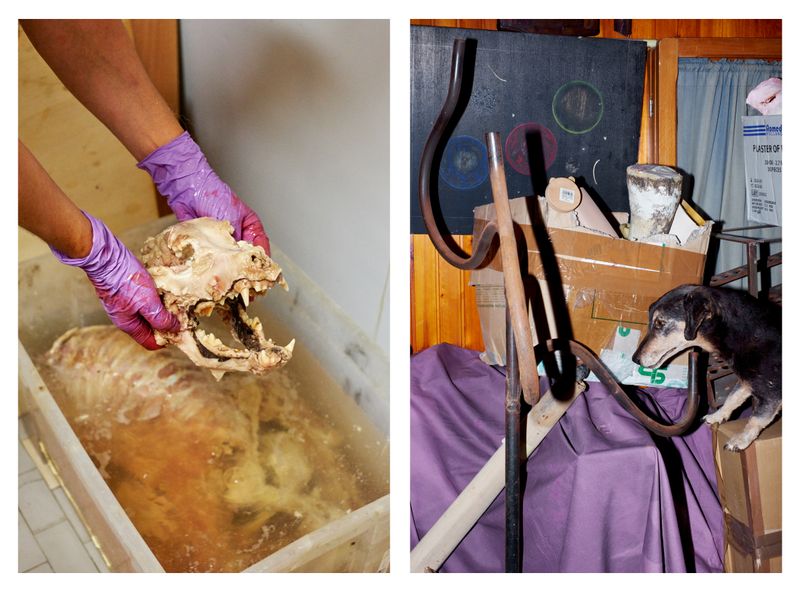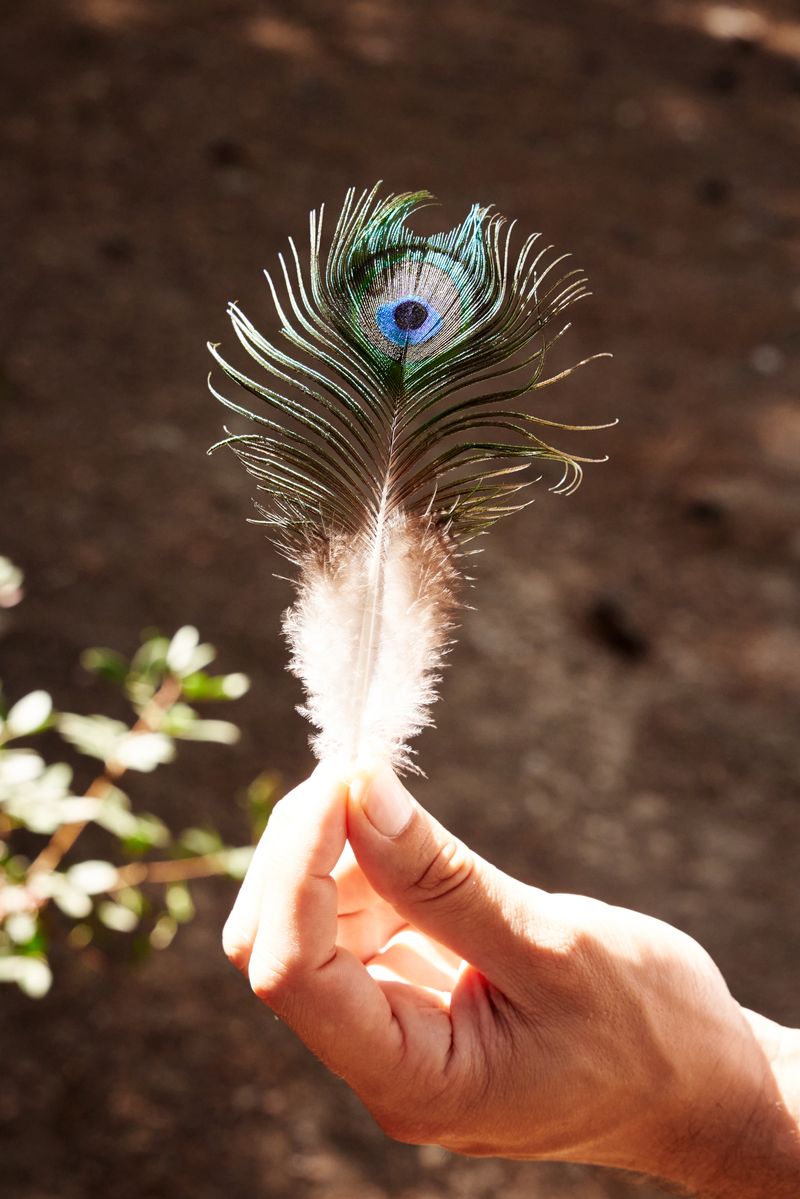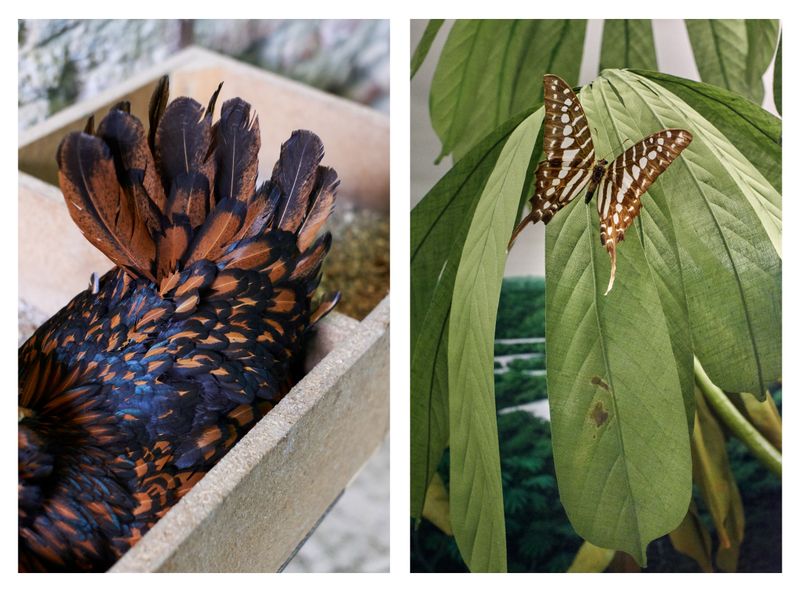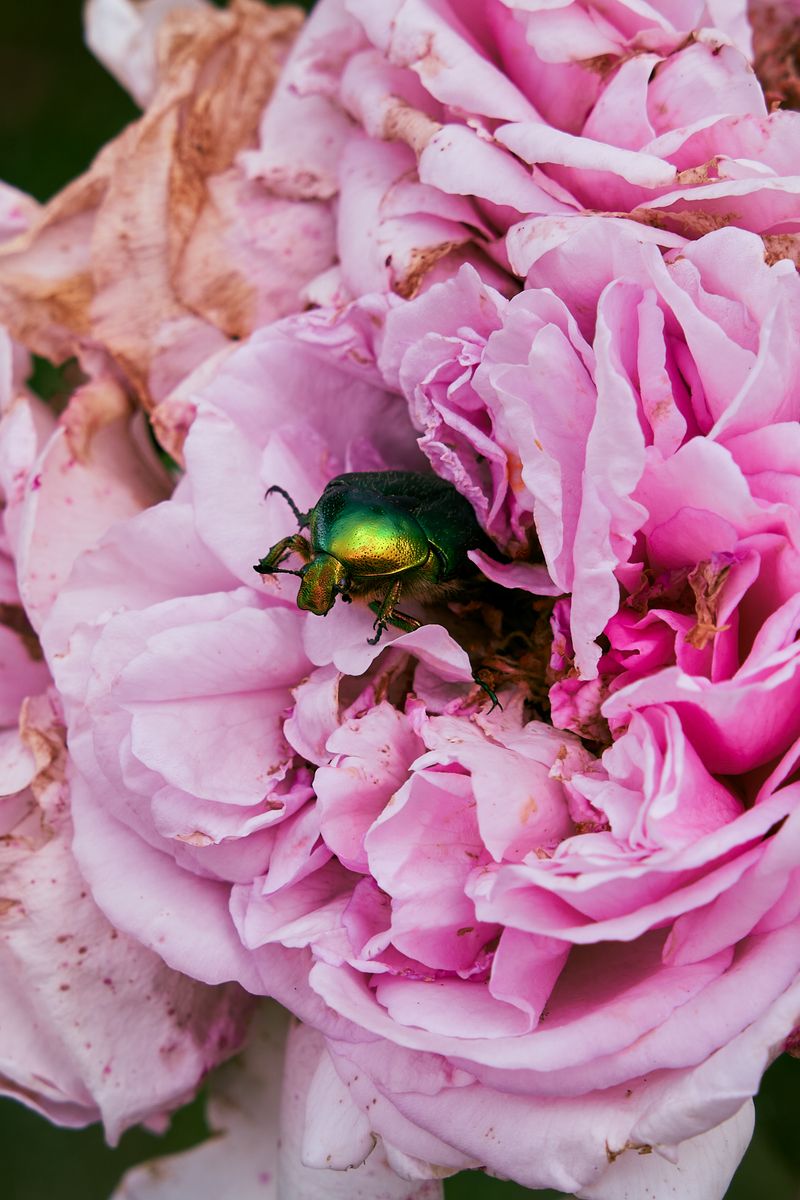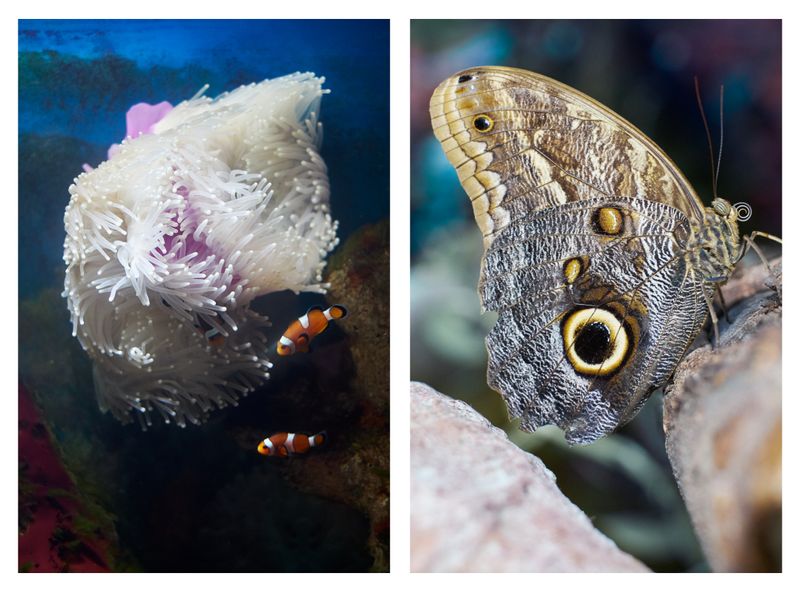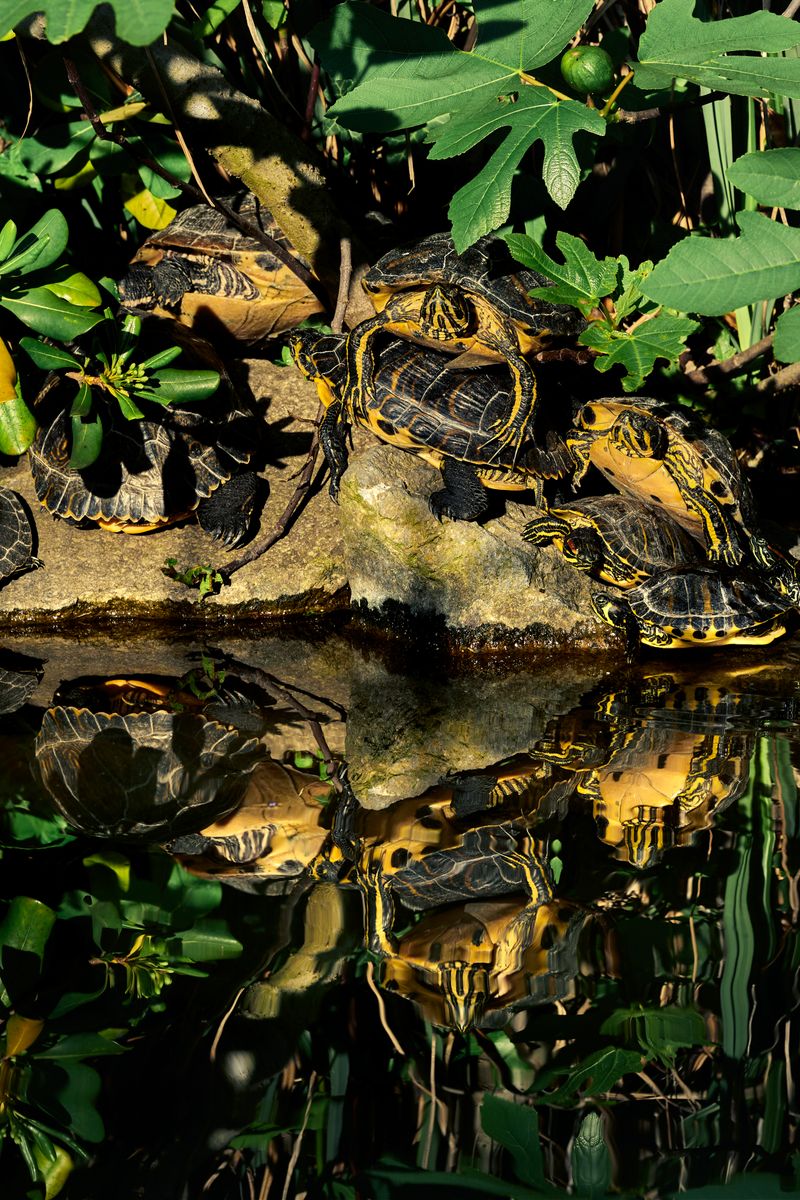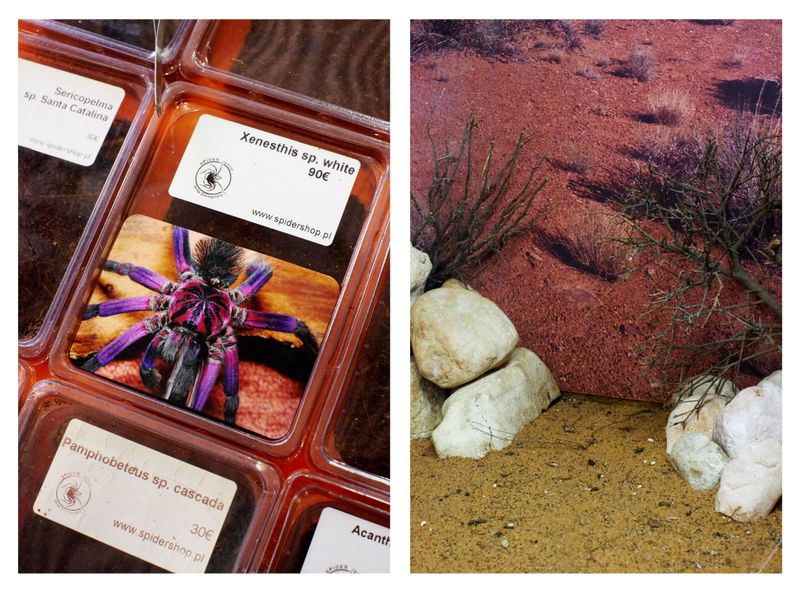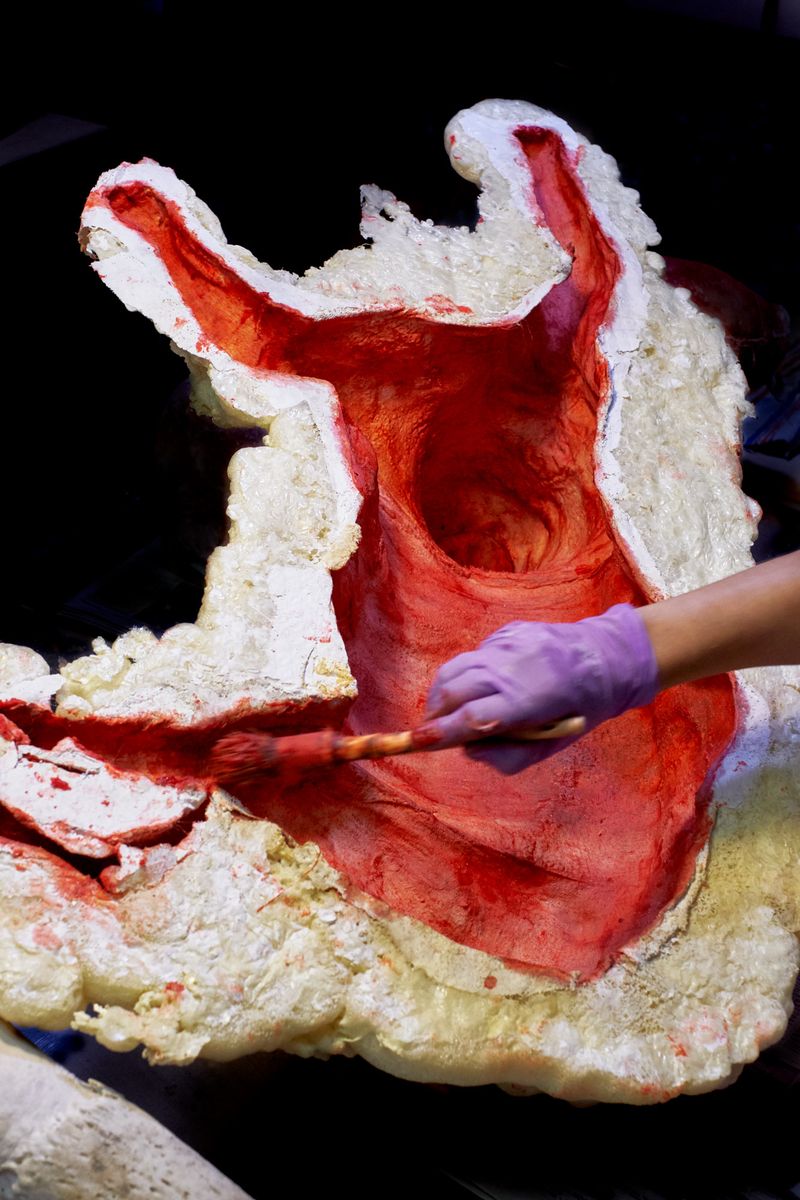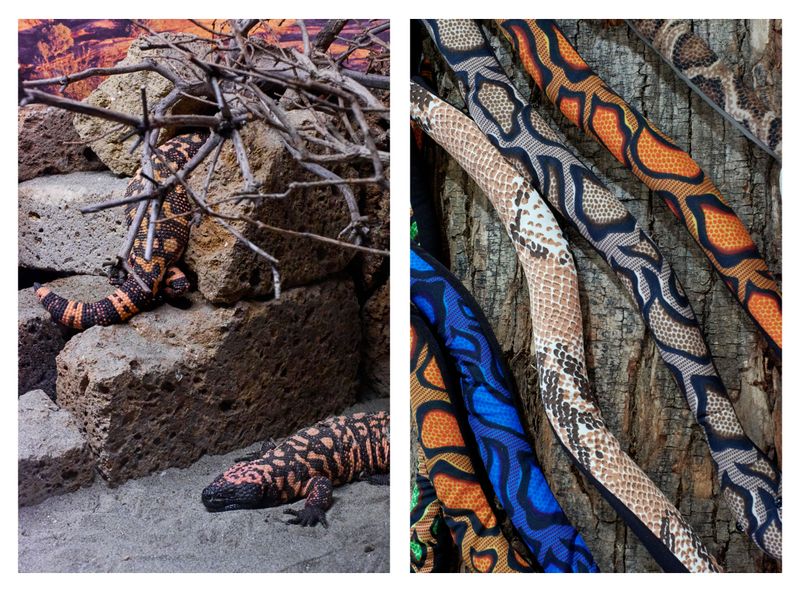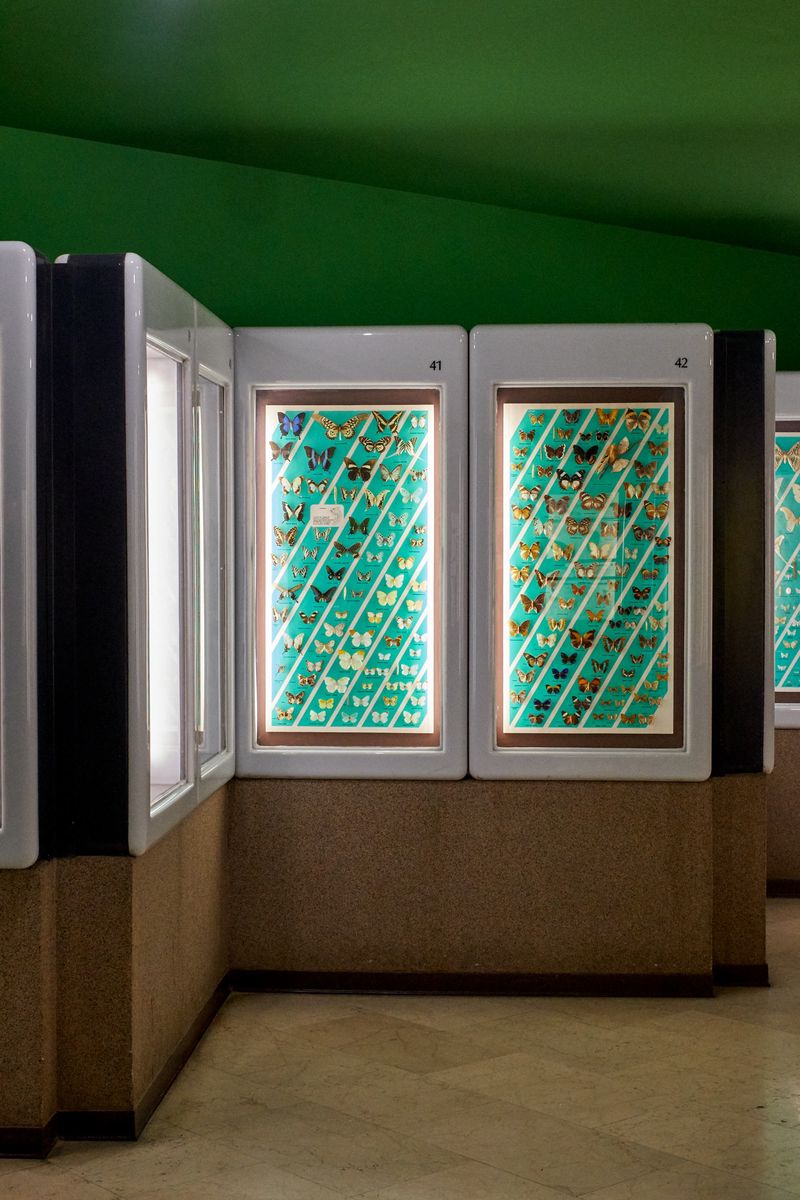Animabilia
-
Dates2021 - 2024
-
Author
- Location Italy, Italy
Animabilia explores how the wonder sparked by animal beauty leads to practices of appropriation, imitation, and objectification, while examining the sublimation of ancient rituals into contemporary expressions.
Animabilia investigates the role of aesthetics in the relationship between humans and animals, questioning how extraordinary traits—iridescent scales, gleaming coats, shimmering feathers—provoke a spontaneous sense of wonder that translates into practices of appropriation, imitation, and objectification of the animal body. Through images taken in various contexts—python and ornamental hens farms, exotic animal fairs, natural history museums, zoos, reptile houses, aquariums, taxidermy studios, and private collections—the project examines the contemporary reinterpretation of ancient practices, observing them as forms of sublimation: primordial impulses that, while now taking on socially acceptable expressions, remain deeply tied to the desire for possession from which they originate.
The attraction to animal forms, deeply rooted in human history as an ancestral aesthetic force, was once driven by ritualistic, magical, or utilitarian purposes, yet continues today through domestication, the manipulation of animal forms, and their transformation into objects. Humanity’s appropriation of elements from the natural world is as ancient as human history itself; the impulse behind these behaviors influences not only practical interactions with animals but also the way they are perceived, categorized, and displayed.
Places like zoos, reptile houses, aquariums, and natural history museums fuel this sense of wonder toward nature, offering controlled spaces where fascination and practices of control coexist. Today, this attraction also manifests in genetic manipulation, artificial selection, and the aesthetic modification of species, revealing humanity’s desire to shape the natural world according to its own preferences. The animal form thus becomes an ambiguous, malleable entity, suspended between being at times more alive and at others more of an object, reflecting the evolution of humanity’s attempts to refine, possess, and reimagine nature.
From a perspective that considers these behaviors as acts of sublimation, a portrait of humanity emerges—subjugated by the beauty of the natural world, focused on the attempt to capture its ephemeral essence through practices that originated in antiquity and now find new translations in the contemporary. Animabilia is thus structured as a visual investigation where the association of images reveals connections and similarities between practices that appear distant yet unexpectedly similar. The animal form becomes a lens through which to observe our own history, a device that paradoxically ends up revealing us as more instinct-driven than the beasts themselves. Without the pretense of providing definitive answers, the project seeks to raise questions, inviting the viewer to reflect on the influence of vision in shaping reality and to reconsider the role of beauty in marginalization processes and in our interactions with the animal world.
The title project is a fusion of the terms « animal », derived from anima, animate being, and « mirabilia », which originates from mirar, meaning to look at, to admire stupefying things.
